How to create a brand-driven business model?
-1706920074.png&w=3840&q=75)
Branding is essential to the growth of any business, but where do you start?
Quite simply, it starts with the customer.
For business owners, branding is a powerful tool for business growth. But for customers and ordinary people, branding means something different. A brand is simply a reason for people to choose one good or service over another.
One of the most powerful things about branding is that it is a bridge between the lives of customers and the reality of the business. Branding relies on understanding the context of everyday life and the fulfillment of core human needs and desires. Beyond material needs such as food and shelter, we all have emotional desires for belonging, individual expression, success and realizing our best selves.
.png&w=3840&q=75)
The more you channel and reflect the needs of your customers in your business model, the more emotional appeal you can create for your business and brand.
7 Brand-driven Business models
The brands below have done just that. While their brand purpose may have changed over time or been buried in statements such as "business vision," everything they do and their various touch points embody those purposes:
#1.Product Design
Example: Apple
Mission: To humanize computer technology and bring it into every home and every person's life
Value: Steve Jobs insisted on multiple color options for the iMac. Later, he created the iPod and the iPhone, which felt as good in the hand as they looked. He knew that to bring computers into every home and into everyone's pocket, he had to make them look like "home" so that people would want to carry them around all the time. That’s why, if you check iPhones in order of release, you’ll see that each new model not only improves in functionality but also in aesthetics and design.
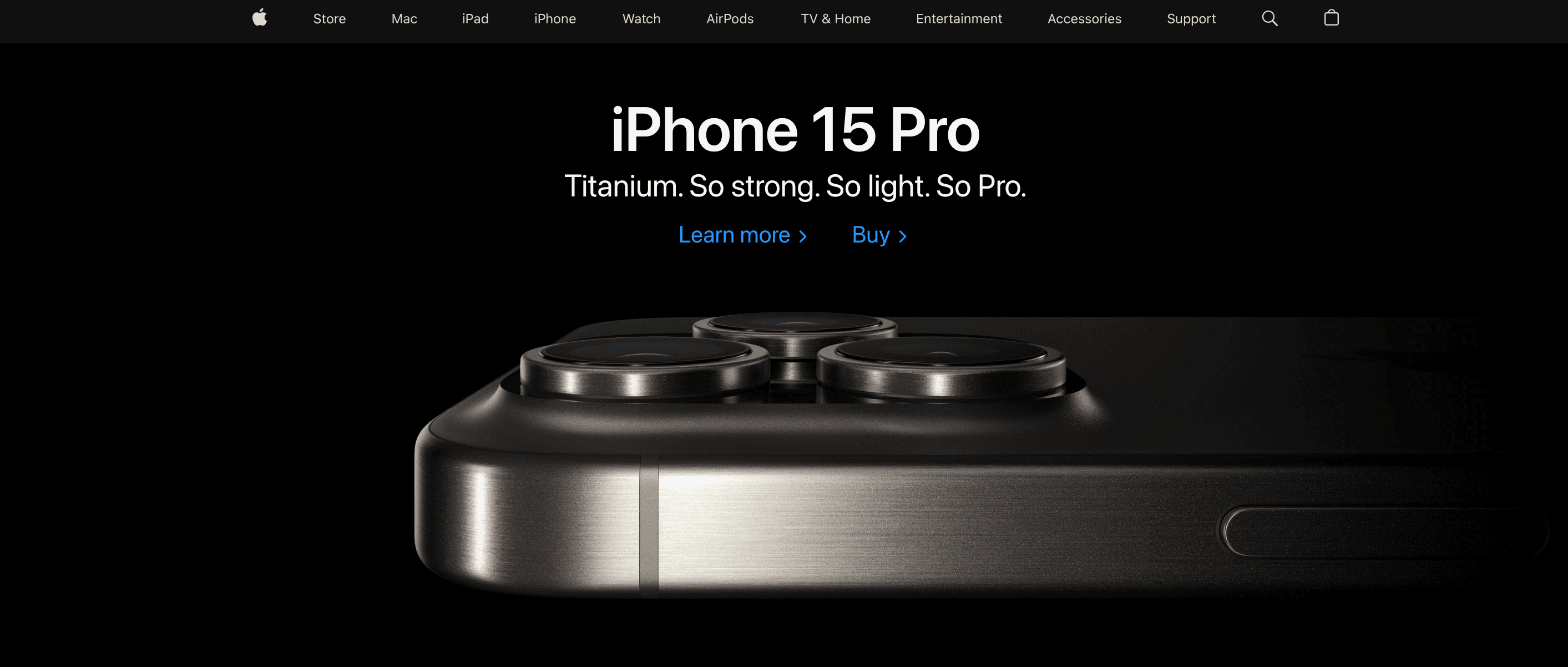
#2.User Experience
Example: Spotify
Mission: To give millions of creative artists a chance to live off their art
Value: Spotify's interface makes stumbling upon a new artist in a custom playlist as easy as finding your favorite song.
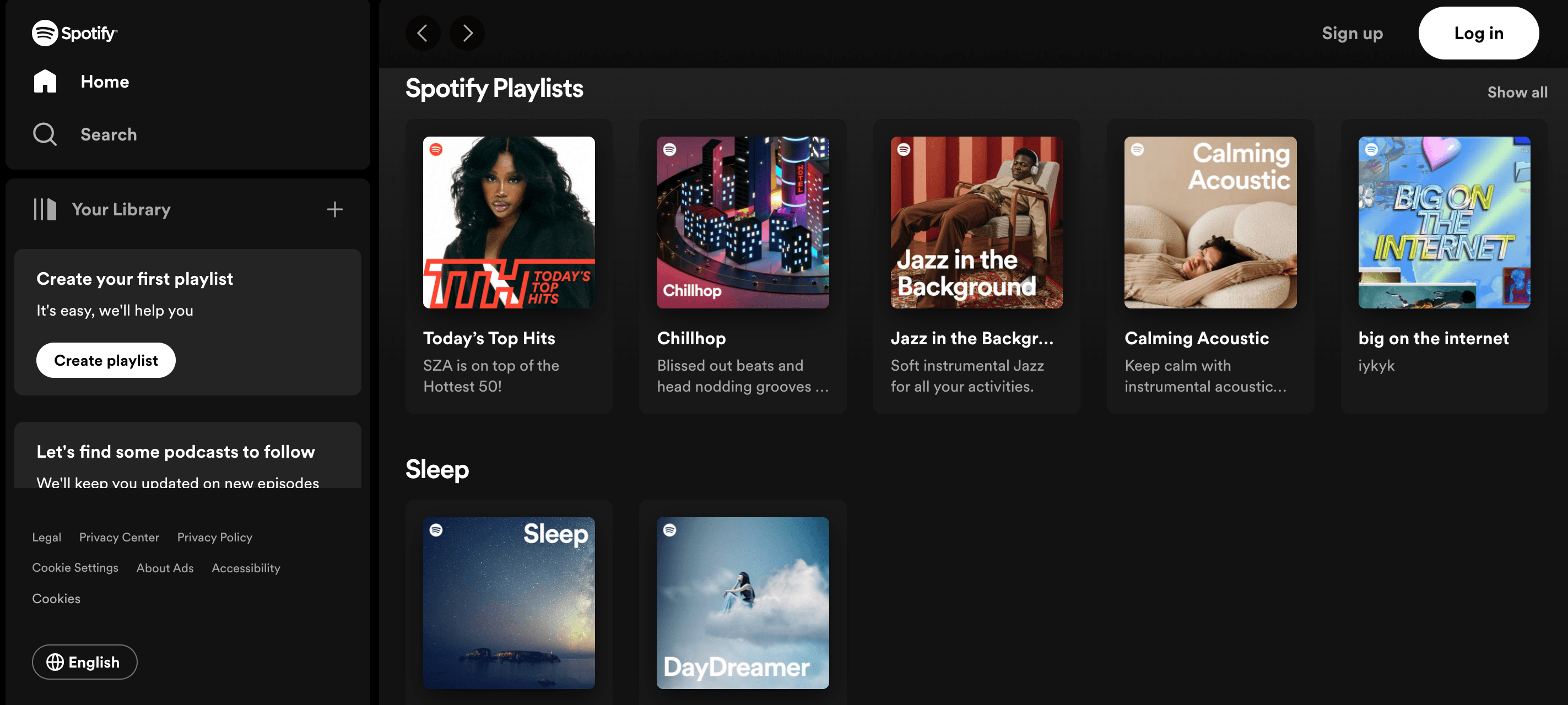
#3.The Physical Environment
Example: Starbucks
Mission: "To inspire and nurture the human spirit - one person, one cup of coffee, one community at a time."
Value: Starbucks fulfills this promise by localizing its store buildings to blend in with the natural surroundings.
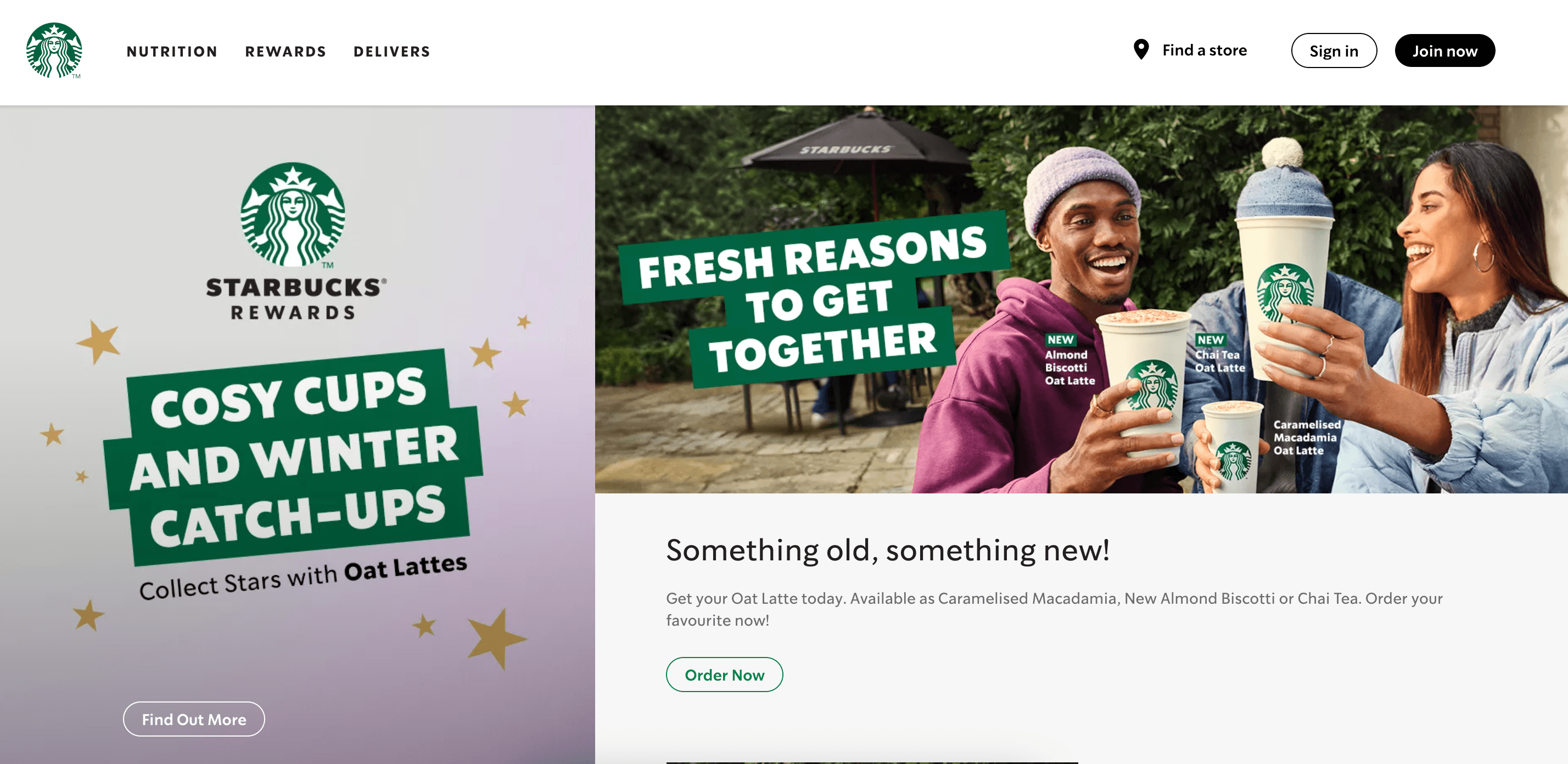
4#.Language and tone
Example: Twitter X
Mission: To promote freedom of expression and have a positive impact on the world
Value: Twitter amplifies people's views through clever language markers that encourage sharing and re-sharing.

5#.Service Experience
Example: Singapore Airlines
Mission: To provide the highest quality air transportation services
Value: While this purpose is not the most compelling, the experience of flying with Singapore Airlines is the best proof. From warm greetings to exceptional customer service when problems are encountered to the luxurious amenities of first and business class, Singapore Airlines is award-winning for a reason.
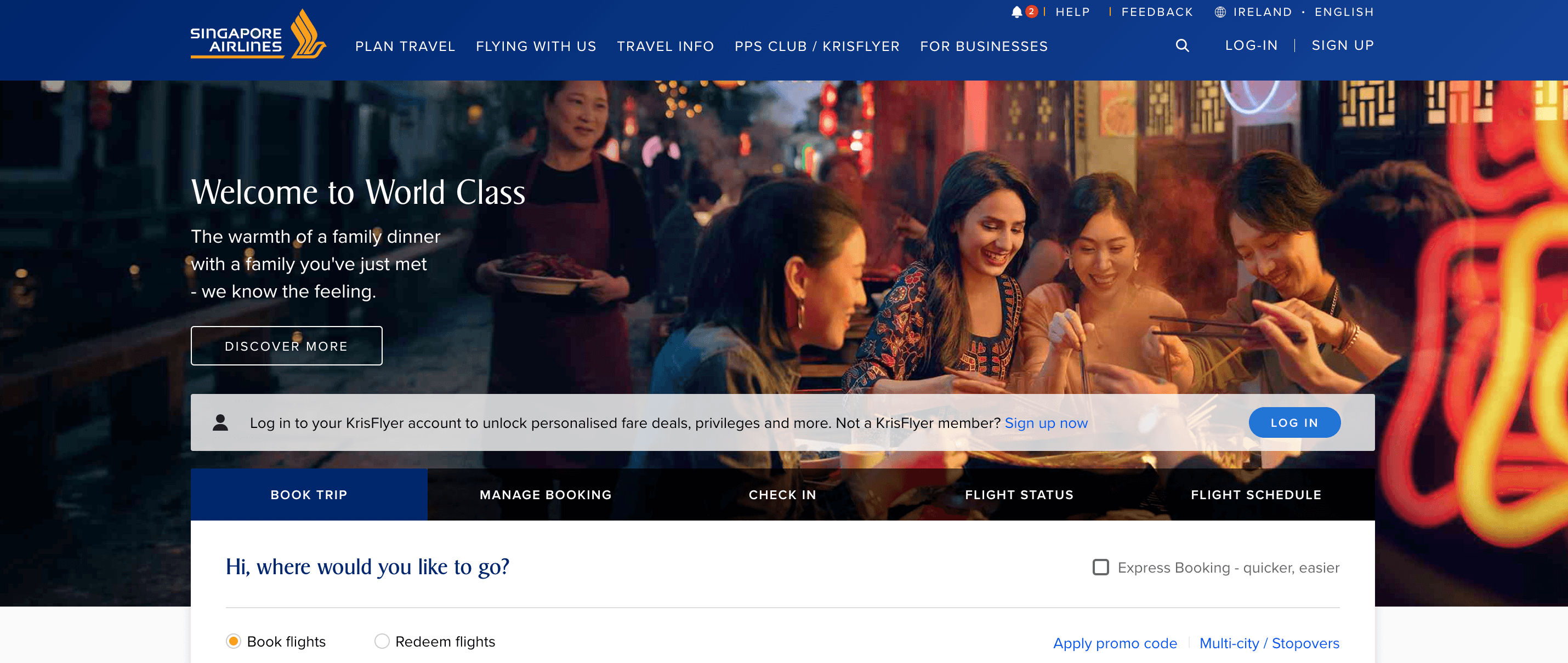
#6.Sourcing and Production Processes
Example: IKEA
Mission: To create a better everyday life for people
Value: IKEA optimizes the process by buying raw materials and selling its signature self-assembly products to reduce costs, so that everyone can have beautiful, high-quality Scandinavian design in their homes.
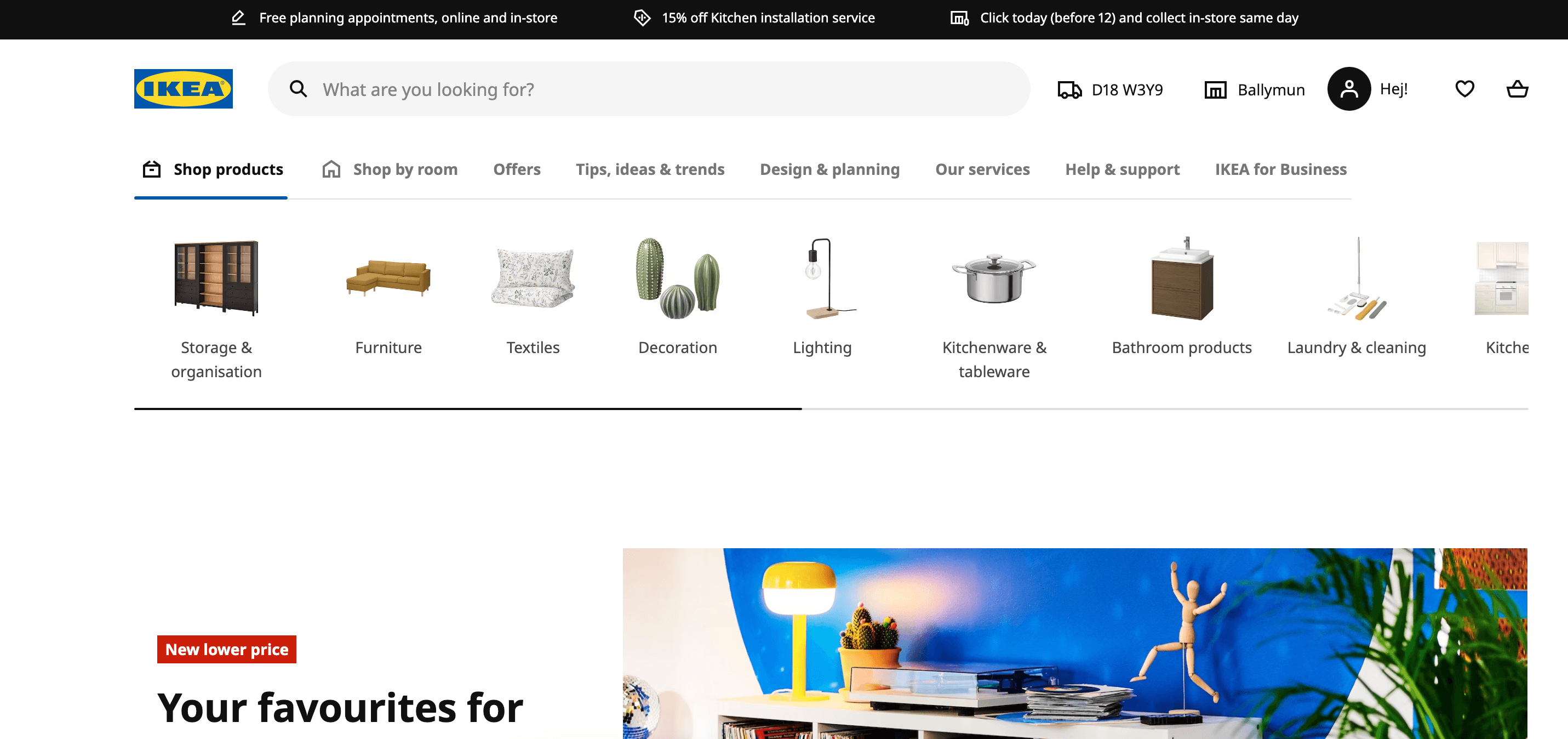
#7.Corporate Culture
Example: Patagonia
Mission: Inspire and implement solutions to the environmental crisis
Value: Patagonia is known for hiring employees who go beyond traditional qualifications and engage in outdoor activities. The company encourages employees to use their lunch breaks and afternoons to reconnect with nature and ignite a passion for the environment.
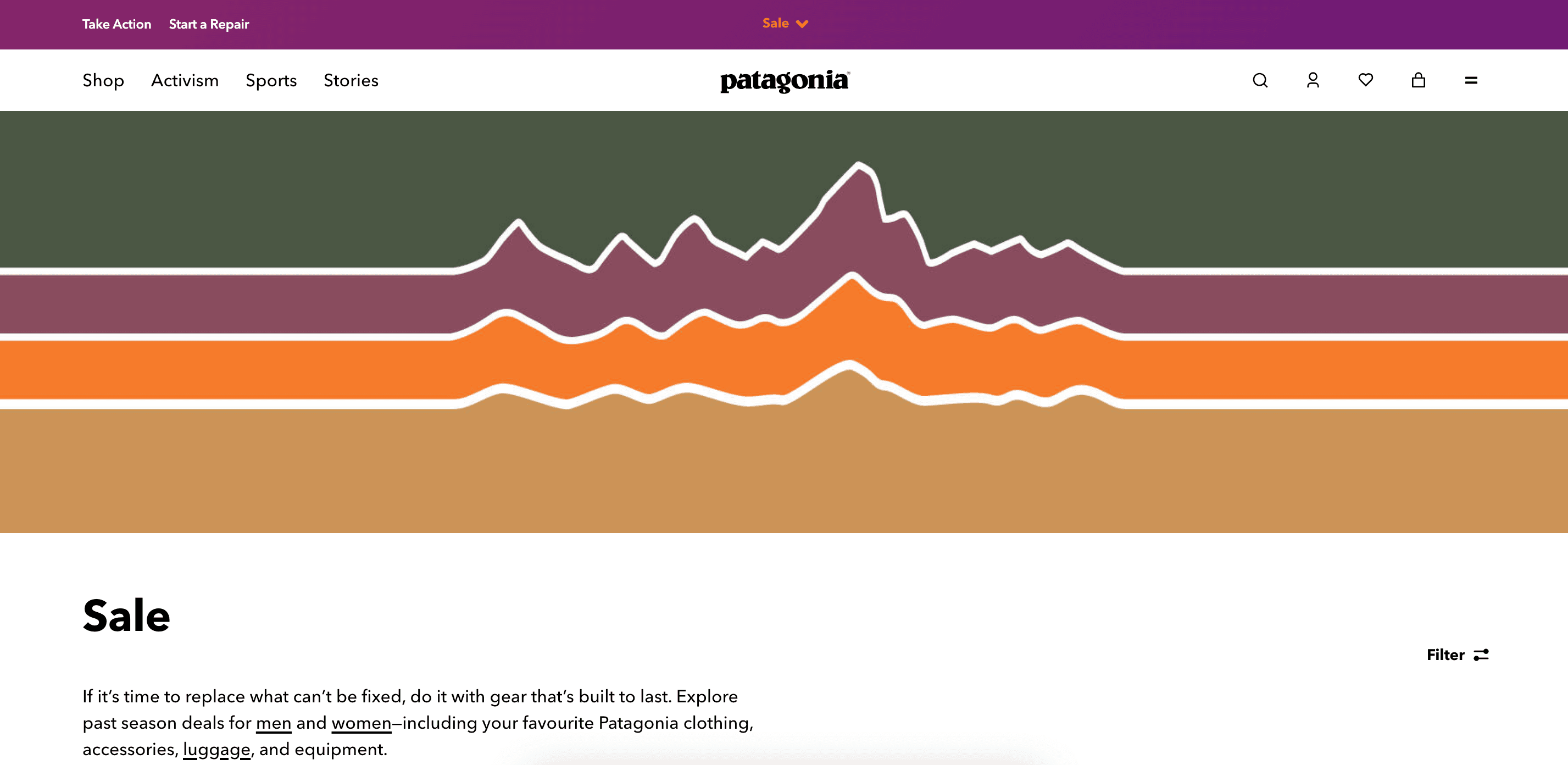
That's it. To put your brand at the center of everything you do, start with your customers. Understand the true significance of the service you provide, not just its practicality. Also, look at the big picture: what role does your product play in people's lives? How can you improve their lives? And finally, identify deliverable promises and act on them.
Of course if you need help, you can use a brand building tool like uBrand. We'll help you find the value and mission of your brand. with our AI tool you can easily get thousands of ideas.
